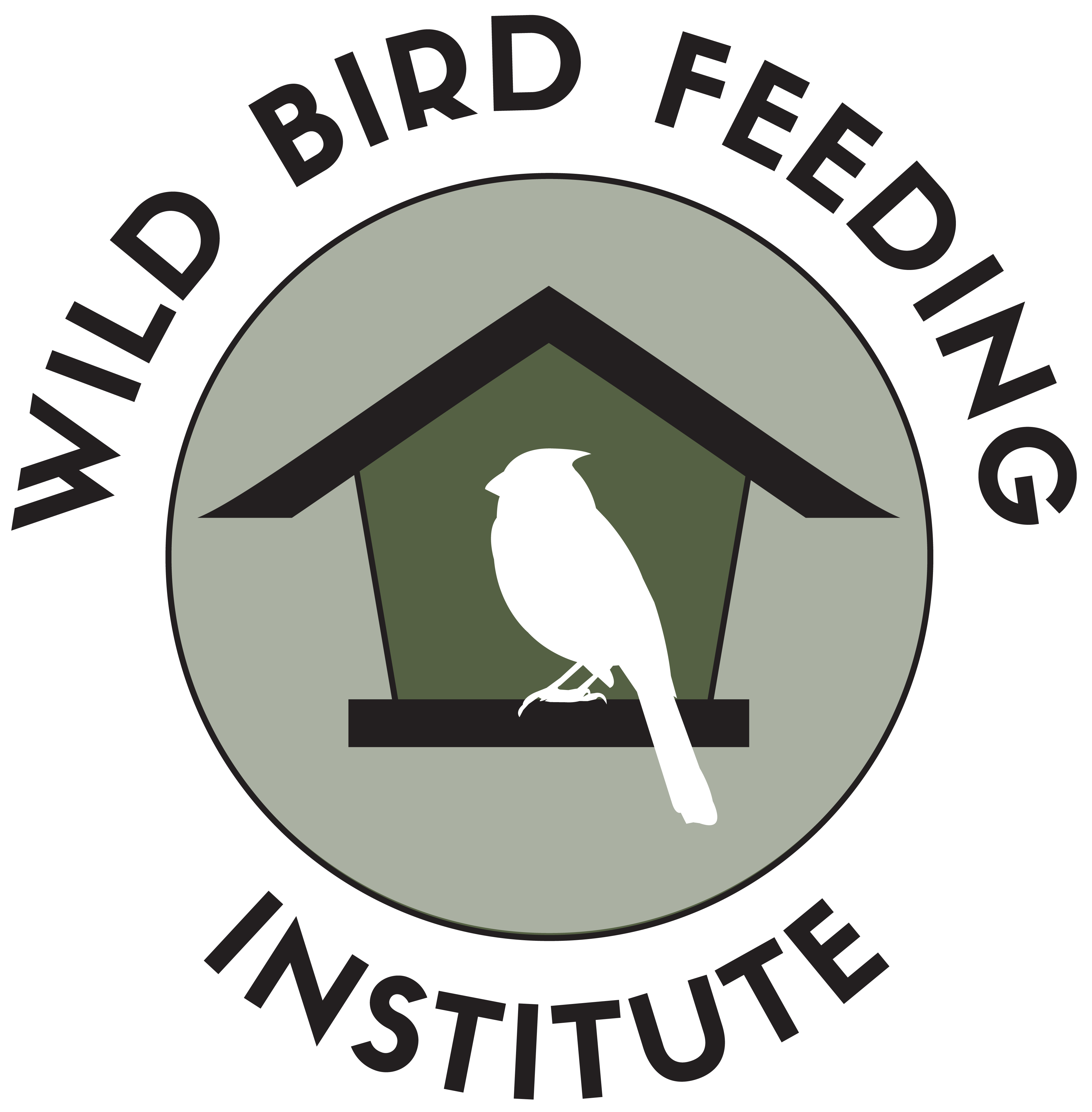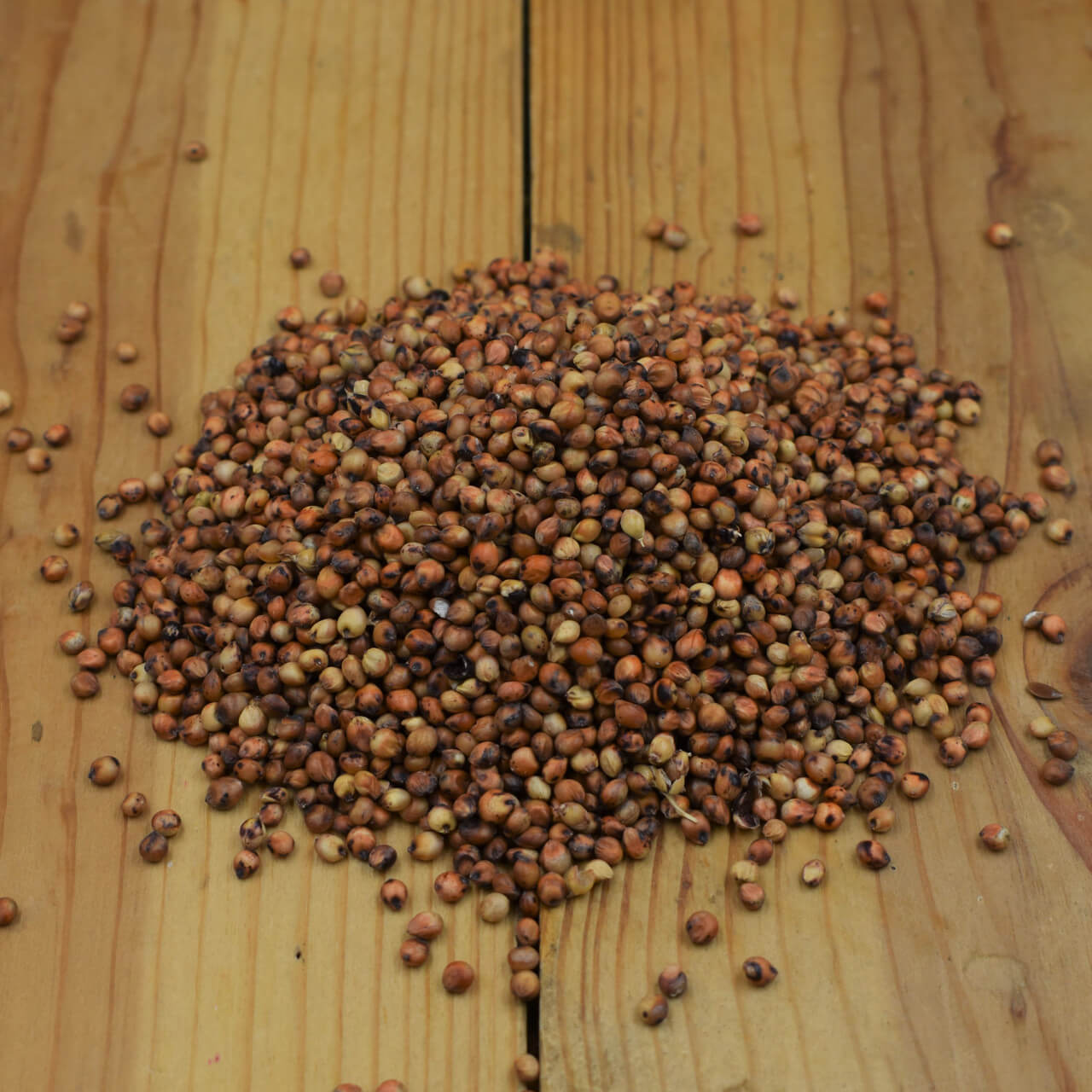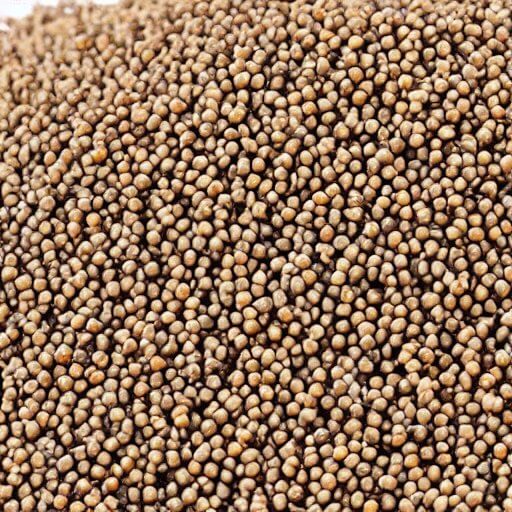All About Wild Bird Food: Milo Seed
Milo seed is a common ingredient in bird seed and mixes, and eaten by a variety of bird species, especially birds that prefer ground feeding. Here's everything you need to know about Milo and which birds it will attract to your feeder.
What is Milo?
Milo, also known as sorghum, is a type of cereal grain that belongs to the grass family. Wild Bird Feeding Institute Quality Standards Program has definitions for both Red and White Milo, but the most common type of bird seed found is Red Milo.
Originally cultivated in Africa thousands of years ago, Milo has become a staple crop in many regions worldwide due to its resilience in diverse climates and its nutritional value. While it's commonly used for livestock feed and human consumption, Milo also found its way into birdseed packages and mixes as an affordable product along with cracked corn, and wheat. Milo is similar in nutritional value to other grain products like corn and wheat. Unlike most corn, milo is non-GMO and unlike some wheat, milo is gluten-free. Milo is a source of fiber, antioxidants, and protein. It is also rich in vitamins and minerals, like B vitamins, magnesium, potassium, phosphorus, iron, and zinc.
Feeder Birds That Prefer Milo
While Milo attracts a variety of wild birds to feeders, it has a specific appeal to certain bird species, particularly those that are ground-feeders. In various studies including WBFI’s PROJECT WILDBIRD® conducted in 2008, different birds have shown varying levels of preference for milo, especially in Western North America (west of Mississippi). Click here to log in to WBFI Member Info Hub for PROJECT WILDBIRD® research resources.
Steller's Jays, Mourning Doves, Curve-billed Thrashers, and Gambel's Quails have shown a liking for milo, often preferring it over other seeds like sunflower. Birds that show a lower preference for milo can be attracted to feeders containing a mix of seeds and grains that include milo. Check out Cornell’s Project FeederWatch to find birds that are known to eat Milo, categorized by region to see which birds you can attract with Milo.
Putting Out Milo
As a common ingredient in mixes, it can be used in a variety of feeders. Because it attracts birds that are often ground-feeders, ground-feeding trays, and platform feeders would match well with mixes including Milo, but tube and hopper feeders will also provide birds with an ideal feeding experience with Milo.
Milo seed can be a valuable addition to your bird-feeding routine, especially for those interested in ground-feeding birds from different regions. Many value-priced mixes contain milo and other grains and these mixes can be a way to enjoy seeing wild birds in your backyard for little cost. Offering a mix of seeds and feeder types is crucial to attracting a wide variety of bird species! Use WBFI’s Find-a-Retailer widget to locate stores near you that stock WBFI-endorsed bird seed and other feeding supplies.
Be sure to subscribe to WBFI email list and social channels for more information on the different bird seed types and varieties.



